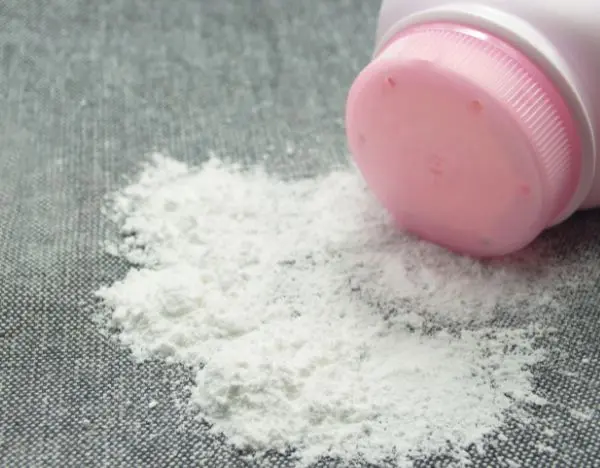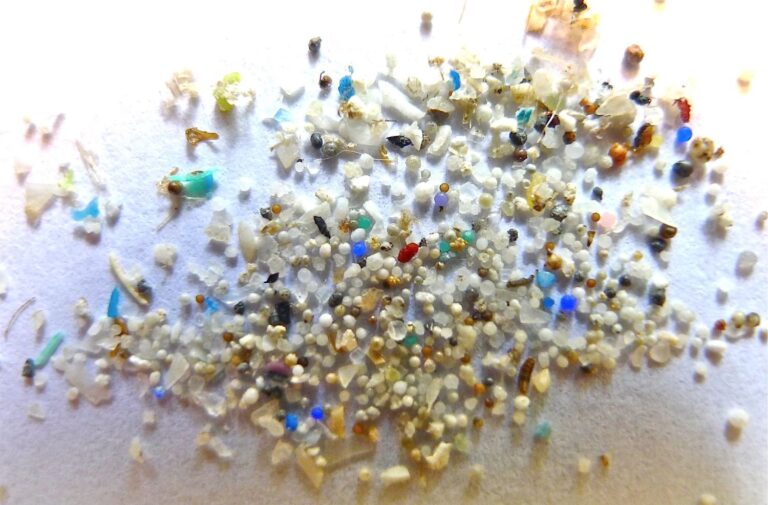
In a recent critique by the United Nations, highlighted by The Hill, the persistent issue of "forever chemicals" contamination in North Carolina has once again stirred public concern. These chemicals, scientifically known as Per- and polyfluoroalkyl substances (PFAS), are notorious for their durability in the environment and potential health risks.

North Carolina's battle with PFAS contamination underscores a global environmental challenge. PFAS are used in various consumer products for their water and stain-resistant properties. However, their resistance to degradation means they persist in water and soil, eventually making their way into human bodies through contaminated water or food.
The UN's criticism brings to light the local and international urgency to address such pollutants. As we delve into the ramifications of PFAS contamination, it becomes clear that the problem extends beyond environmental degradation, touching on significant health concerns such as cancer, hormone disruption, and immune system effects.
This revelation calls for a collective response, from stricter regulatory measures to innovative clean-up technologies. As the global community grapples with the legacy of PFAS, the situation in North Carolina serves as a poignant reminder of the need for action against pollution that threatens our health and ecosystems.
Per- and polyfluoroalkyl substances (PFAS) are a group of man-made chemicals used in various industrial and consumer products for their resistance to water, oil, and temperature. They are often referred to as "forever chemicals" due to their persistence in the environment and difficulty to degrade. PFAS have been linked to several health concerns, including:
Their widespread use and environmental persistence have raised significant concerns regarding water and soil contamination globally.
The Environmental Protection Agency (EPA) has proposed new limits for PFAS in drinking water, aiming to set the standard at 4 parts per trillion for two common PFAS compounds, PFOA and PFOS. This comes as a response to findings that many water systems in North Carolina, and indeed across the country, have detected PFAS levels above these proposed limits.
In North Carolina, several companies have been identified and taken to court for their role in PFAS (Per- and polyfluoroalkyl substances) contamination affecting drinking water and natural resources. Notably, Attorney General Josh Stein has proactively filed lawsuits against these companies to hold them accountable for their contributions to PFAS pollution.
These companies have faced legal action for their manufacture, use, and disposal of PFAS chemicals, which have caused significant environmental damage, particularly around their Fayetteville Works Facility. The contamination affected land, air, water, and other natural resources, notably in the Cape Fear River and downstream communities.
This includes DuPont, Chemours, and 3M, which have been sued for the contamination at the Piedmont-Triad International Airport and at military bases such as Marine Corps Base Camp Lejeune and Marine Corps Air Station New River. The lawsuits allege that these companies knew about the dangers of the firefighting foam but continued to sell it, thus contaminating soil and groundwater.
The North Carolina Department of Environmental Quality (DEQ) has also taken significant steps to address PFAS contamination, including launching a pilot program for residents with PFAS-contaminated drinking water wells and working with public water systems to assess and reduce PFAS levels. A bipartisan bill in the General Assembly aims to empower state regulators to pursue polluters for the cleanup of PFAS contamination, reflecting a strong stance by North Carolina officials, including Governor Roy Cooper and DEQ Secretary Elizabeth Biser, to ensure clean water for communities.
These actions highlight the ongoing efforts in North Carolina to tackle PFAS pollution, holding responsible parties accountable while striving to protect communities and the environment from the harmful effects of these "forever chemicals."
Forever chemicals, or PFAS (Per- and polyfluoroalkyl substances), enter drinking water through a variety of pathways, reflecting their widespread use and persistence in the environment. Here are the primary routes through which PFAS contaminate water supplies:
Factories that produce PFAS or use them in manufacturing processes can discharge contaminated wastewater into rivers and lakes, which may be sources of drinking water.
The breakdown of PFAS-containing products, such as non-stick cookware, water-repellent clothing, and some firefighting foams, can leach these chemicals into the soil and groundwater.
Waste products containing PFAS, when disposed of in landfills, can leach into the groundwater over time, particularly if the landfill is not properly lined.
These facilities may not be equipped to fully remove PFAS from sewage, leading to the release of treated water containing PFAS back into the environment.
The use of PFAS-contaminated biosolids (treated sewage sludge) as fertilizer in agriculture can lead to PFAS leaching into soil and waterways.
Locations that have used PFAS-containing firefighting foams for training or in response to fires can have high levels of PFAS in the soil, which can migrate into groundwater.
These pathways highlight the complexity of PFAS pollution and the challenges in preventing these chemicals from contaminating drinking water sources. Addressing PFAS contamination requires a multi-faceted approach, including stricter regulations on PFAS use and discharge, improved water treatment technologies, and ongoing monitoring of water supplies.
In light of the ongoing battle against PFAS contamination in North Carolina, individuals impacted by these "forever chemicals" are encouraged to take action. Legal avenues exist for those seeking justice and compensation for the harm caused by PFAS pollutants, with companies like DuPont, Chemours, and 3M facing significant lawsuits.
For those affected, connecting with a class-action lawyer can provide crucial insights and pathways to compensation. Contact Class Action 101 to discuss your case and explore your legal options. Your initiative could not only address your situation but also contribute to the broader effort for environmental protection and corporate accountability.











